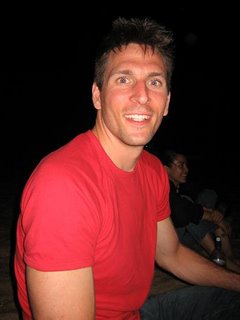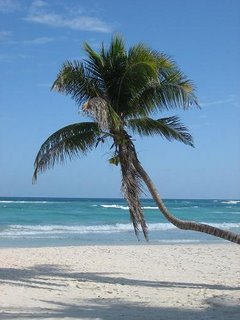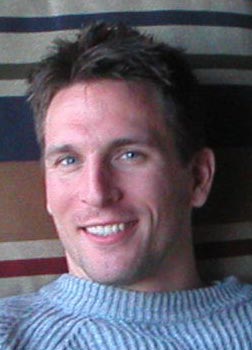Healing
Wrapped into the jungle on one side and bordering Lake Petén Itzá on the other, the town of San Andrés is located in one of the most remote regions of Guatemala. As such it is not altogether surprising that in a place like this the ways of modern society have only been selectively embraced (even today) and virtues like tradition and heritage continue to be cherished.
The same holds true in the field of medicine such that many people’s first response to a disease (however serious) is to consult a traditional healer while western medicine is frequently viewed with caution. These traditional ways of healing tend to be a blend of ancient Mayan wisdom (particularly incorporating the medicinal properties of the thousands of plants in the surrounding jungle), mysticism involving magic and the spirit world as well as a good dose of Catholic Christianity.
Being a naturally curious person, I could not help but start to inquire where I might be able to meet such a healer. It turns out that the small town of San Andrés has several (all women) and after one name was repeatedly recommended I chose to pay her a visit.
For all of you that have read Harry Potter (or have a vivid imagination), I have to disappoint you, the woman I was about to meet did not greet me with a magic wont, nor flying carpet, nor bubbling chemical tubes in the back room, nor did she live far away hidden in the jungle. Rather, her appearance and that of her home were as simple and ordinary as that of anybody in San Andrés.
Upon arrival her husband greeted me at the door and also did most of the talking. After a friendly invitation into the house, husband and wife (married for 43 years) took a seat on the sofa in front of me. With big patient eyes she continued to look at me while her husband kept on talking. Since I am generally very healthy (yet no one is perfect) I chose to ask her about two of my bigger physical frustrations: 1) my worsening eye sight and 2) the periodic tension I feel in my back. She immediately nodded indicating that these symptoms were definitely in her circle of expertise. She proceeded to explain that most physical problems are the result of accumulated stress and tension which eventually manifest through various kinds of discomfort. These areas of repressed tension feel to her as if air is stored beneath the skin which through her treatment she would try to release. After agreeing to the described treatment she got up to gather a few things. Returning back to the living room she asked me to take off my shirt and started to massage my eyes and back with a home-made gel that smelled like a mix of eucalyptus and mint. After this 5 minute relaxation massage on the living room chair she retrieved a rose thorn with which she pricked my skin to relieve the air and tension while quietly reciting religious chants. Another few minutes later she was finished and after paying her the prearranged fee of 25 Quetzals ($3.50 USD) she patiently returned to the couch to continue the conversation, her husband re-assuming the dominate role.
After opening sharing some healing experiences as well as how they were instructed in the art of healing, I thankingly bid farewell to this charming couple. Stepping outside into the night, several dogs eagerly awaited my arrival and escorted me down the street. The bright moon ahead illuminated the road back home, while the icy-hot eucalyptus continued to relax my back.
















